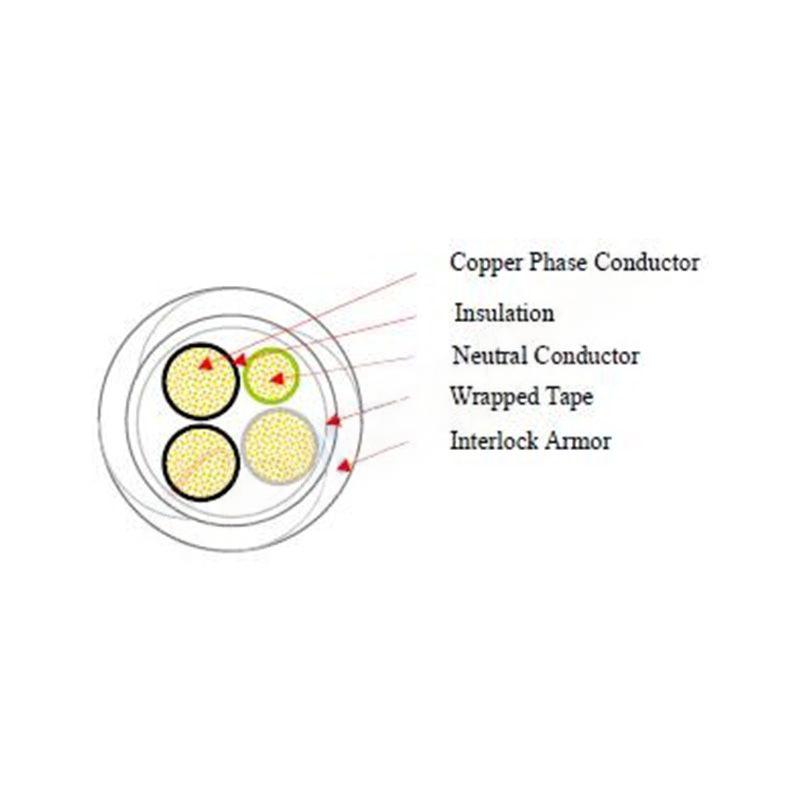lis . 23, 2024 14:49 Back to list
Hydraulic Check Valve Cost and Pricing Information for Buyers
Understanding the Price Dynamics of Hydraulic Check Valves
Hydraulic systems are an integral part of many industrial applications, from manufacturing to construction. Among the essential components of these systems is the hydraulic check valve, which prevents backflow and ensures that fluid moves in only one direction. As industries seek reliability and efficiency, the demand for high-quality hydraulic check valves has increased, leading to various price dynamics influenced by multiple factors.
Factors Influencing Prices
1. Material Composition The materials used in manufacturing hydraulic check valves significantly impact their cost. Common materials include brass, stainless steel, and various alloys. Stainless steel valves, for instance, typically cost more due to their resistance to corrosion and high temperatures, making them ideal for harsh environments. On the other hand, brass valves might be less expensive but may not offer the same longevity or durability in demanding applications.
2. Size and Specifications Hydraulic check valves come in various sizes and specifications, tailored to different pressures and flow rates. Larger valves or those designed for high-pressure applications generally cost more to manufacture due to the engineering involved. Custom specifications that require unique designs or certifications also contribute to price increases. Consequently, buyers must assess their specific needs carefully before making a purchase, as opting for an unnecessarily large or specialized valve can lead to higher costs.
3. Brand and Quality The brand reputation can also influence the price of hydraulic check valves. Established manufacturers with a history of reliability and quality often command higher prices for their products. In contrast, newer or lesser-known brands might offer lower prices to attract customers. However, purchasing from reputable brands typically provides peace of mind regarding product performance and longevity, which can justify the higher initial investment.
4. Production Volume Like many industrial products, the price of hydraulic check valves is affected by economies of scale. Mass-produced valves tend to be more cost-effective than those produced in smaller batches. Companies that require large quantities may be able to negotiate better pricing, reflecting the reduced per-unit cost associated with higher production volumes. Therefore, organizations that anticipate consistent use of hydraulic check valves should consider bulk purchasing options to minimize expenses.
5. Market Demand and Supply Chain Factors Economic conditions, supply chain issues, and global demand can all affect pricing. For instance, fluctuations in raw material costs, delivery delays, or increased international shipping rates can lead to higher prices. Economies experiencing a construction boom may see increased demand for hydraulic components, pushing prices upward. Conversely, during economic downturns, prices may stabilize or decrease due to reduced demand.
hydraulic check valve price

Where to Purchase Hydraulic Check Valves
Purchasing hydraulic check valves requires careful consideration of vendors. Key options include
- Online Suppliers E-commerce platforms and specialist hydraulic supply websites often offer competitive pricing and a wide range of products. Buyers should compare prices across different platforms to find the best deal.
- Local Distributors Local suppliers may provide the advantage of immediate availability and the ability to consult with knowledgeable staff. Building a relationship with a local distributor can also facilitate better deals over time.
- Direct from Manufacturers For bulk purchases, contacting manufacturers directly can yield cost savings. Many manufacturers offer volume discounts, and negotiating terms can lead to better pricing for long-term contracts.
Conclusion
In conclusion, understanding the pricing dynamics of hydraulic check valves involves a thorough analysis of various factors, including material, size, brand reputation, production volume, and market conditions. By carefully evaluating these elements and considering purchasing options, organizations can make informed decisions that balance cost and quality in their hydraulic systems. As industries continue to evolve, staying attuned to these price factors will be essential for maintaining competitive edge and operational efficiency.
Share